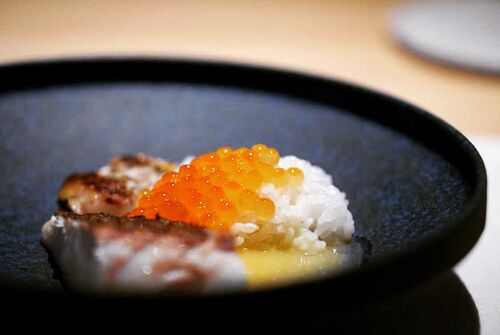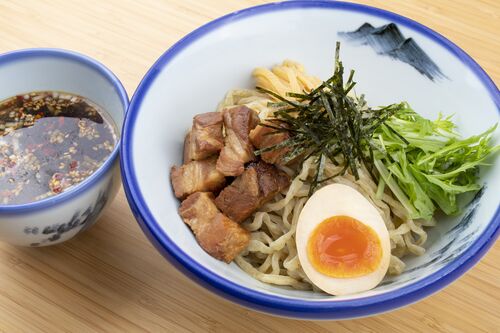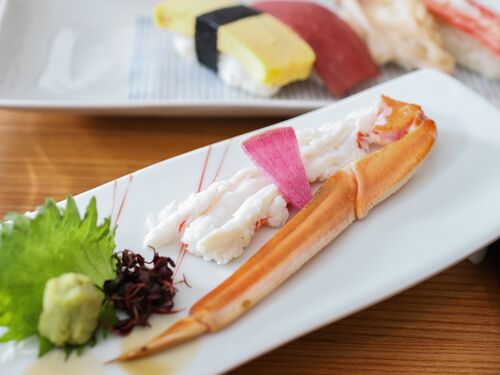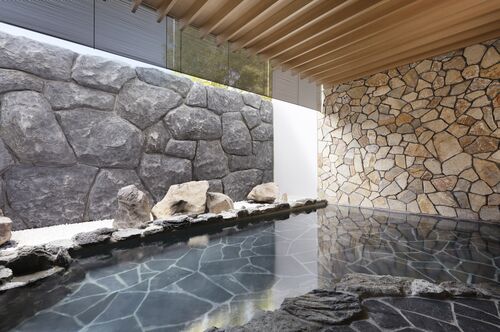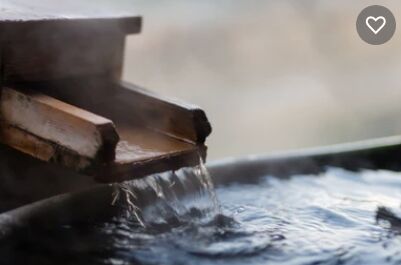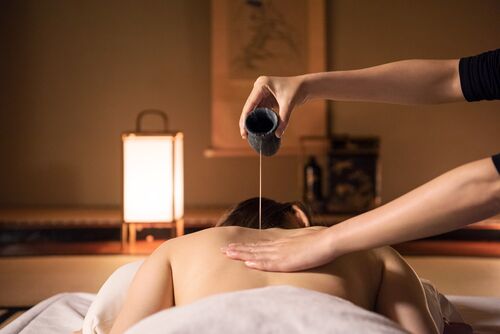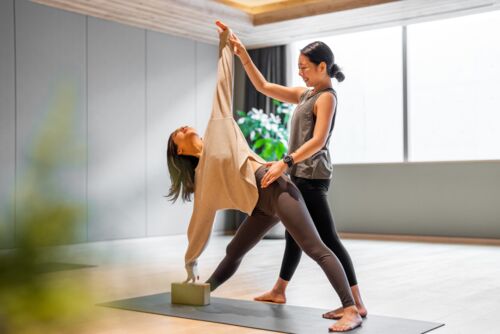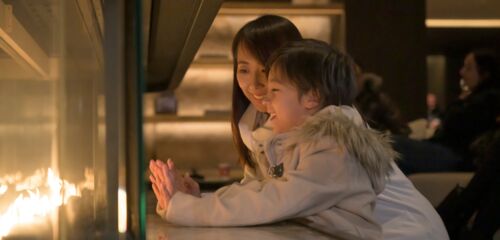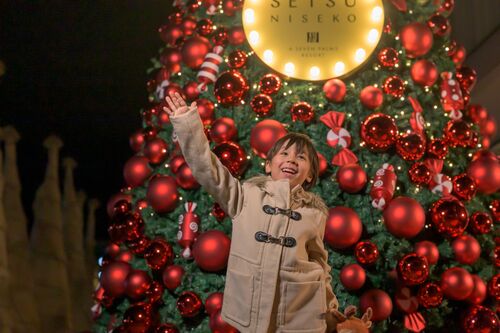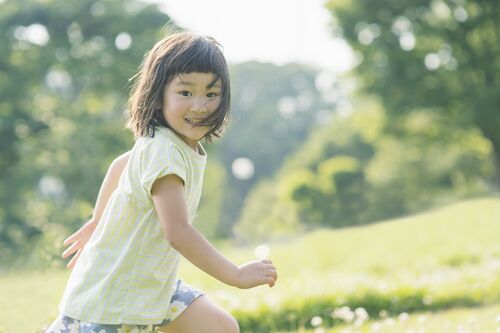.JPG)
Setsu Niseko - A Celebration of Hokkaido Art
Our vision for Setsu Niseko is simply to create a hotel with a strong ‘presence of place’ with a deep-rooted respect and understanding of the spectacular natural environment that surrounds us. The concept ‘Setsu Getsu Ka’ became a guiding influence in the design of Setsu that encapsulates the beauty of Japanese design and to some extent the refined purity in design that we wanted to achieve.
Setsu Getsu Ka perfectly captures the beauty of Hokkaido’s changing seasons. Setsu Getsu Ka means Snow – Moon – Flower; the phrase is derived from a poem by the famous Tang Dynasty Poet ‘Bai Juyi’. Popular throughout China and Japan, the poem celebrates cherished moments spent together with loved ones as it reads; “I remember our times together especially when there is snow, the moon or flowers”.
The curation of the artwork for the hotel is a natural extension of this guiding vision. A celebration of Hokkaido’s incredible landscapes and natural environment through the eyes of some of the region’s finest artists. From the rich heritage of the Ainu community, to the master strokes of calligraphy, the artful capture of Hokkaido’s breathtaking scenery and Japanese culture in photography and the distinctive dynamism of modern sculptures, our collection encompasses fine art genres and mediums which include including painting, sculpture, calligraphy and photography.
Experience the collection using the Setsu Art Map.
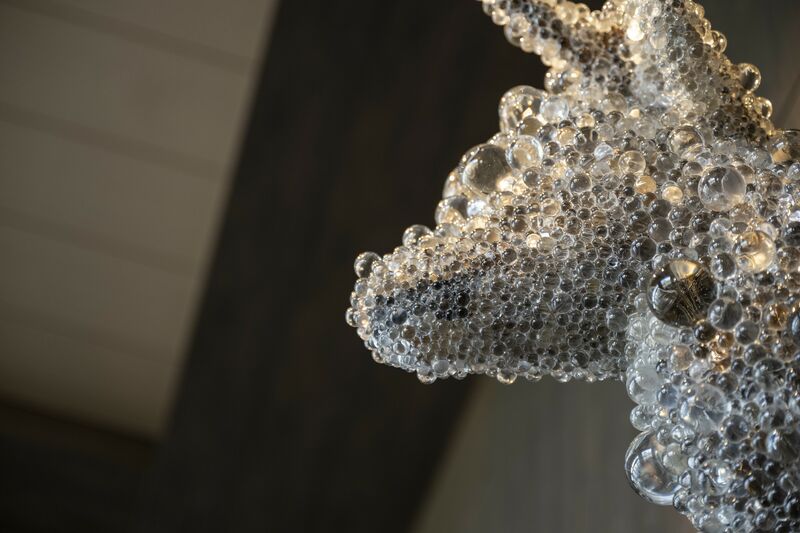
KOHEI NAWA 名和晃平
PixCell-Deer#66 / Ezo Sika- Hokkaido Deer, 2021
Born in Osaka in 1975, Kohei Nawa is a multidisciplinary artist whose diverse practice explores the perception of virtual and physical space and examines the relationship between nature and artificiality, and between the individual and the whole, illustrating how parts aggregate together, like cells, to create complex and dynamic sculptures. His acclaimed ‘PixCell’ series, whose origin was influenced by globalism and the growing significance of data, produces a visual and tactile experience that queries the reality of the skin of the object, while reflecting the relationship between the digital camera lens and the object that is digitised by it.’ Nawa uses glass beads and transparent prisms to cover found objects, such that their original contours become variously distorted and magnified. The term ‘PixCell’ was coined from a combination of ‘pixel’ and ‘cell.
‘PixCell-Deer’, the representative work of the ‘PixCell’ series, is the most celebrated work from the series that covers taxidermized animals which are acquired through the internet, with transparent sphere. When the object is completely covered with spheres (cells) of various sizes, dividing its skin into individual cells, it is ready to be ‘viewed’ through lenses that enlarge and distort it. Nawa explains that through this process, “the existence of the object itself is replaced by ‘a husk of light’, and the new vision, ‘the cell of an image,’ is shown.”
The deer is a symbol of ancient Japanese mythology. Deer lives in the wild throughout Japan, and it is believed that sacred deer appear to people who believed that they were messengers from nature or emissaries of the gods. Sacred deer are also depicted in the iconography of Japanese shrines and temples. Today, global warming and an increase in the number of marginal villages in Japan have led to excessive growth in deer and wild boar populations, which have a damaging effect on agriculture. Nawa is convinced that they can still be seen as messengers from nature. It is their stately presence, beautiful proportions, and somewhat expressionless faces that give them a mysterious charm. It’s for reasons like these that deer became the central motif for PixCell.
Having launched his artistic career in 1999, Nawa has participated in various exhibitions around the world including the SCAI THE BATHHOUSE, Pace Gallery, and so on. Nawa founded a studio dubbed ‘Sandwich’ in 2009, through which he takes on multi-disciplinary design projects.
Setsu Niseko Reception


TORU KAIZAWA 貝澤徹 & MAMORO KAIZAWA 貝澤守
The Nibutani district in the town of Biratori Hokkaido is the birthplace of the Ainu culture and a place where Ainu traditions continue to exist today. In Ainu language, Niputai means ‘place where trees grow in abundance’. Befitting its name, it is a forest rich in beauty where the changing seasons are reflected in the waters of the Sarugawa River. The Nibutani Ainu's belief in respecting nature, co-existing and learning from it remains strong to this day. Ainu traditions have been carefully handed down over many generations and include Ainu Rituals and Ceremonies to pray to the gods, Ainu dances, Ainu utensils, hand craft techniques and unique Ainu patterns. These Ainu traditions have been recognised as Cultural Assets of Hokkaido with the distinctive ‘Nibutani-ita’ and ‘Nibutani-attoushi’ being designated by the Ministry of Economy, Trade and Industry as traditional folk crafts. Toru Kaizawa and Mamoru Kaizawa are two of the master artisans of Ainu arts in Hokkaido.
Born in Nibutani, Hokkaido, Toru Kaizawa grew up in the company of his craftsman father Tsutomu, brother Koji, and his fellow artisans. His great-grandfather, Kaizawa Utorentoku, was one of two Ainu artisans renowned for their skill in the Meiji Era. Whilst valuing the traditions inherited from his great-grandfather, Kaizawa melds into them his unique sensibility and techniques, energetically grappling with the creation of original Ainu art that expresses his own personality and message. He has won many prizes, including the Hokkaido Governor's Award at the Hokkaido Ainu Traditional Craft Exhibition and his works are exhibited in museums around the world including The British Museum.
Mamoru Kaizawa also grew up surrounded by artisan woodcarvers. The profound techniques of his father Moriyuki and past generations of craftsman live on in the ‘ita’ trays of Nibutani, and he pours his energies into creating original works, whilst passing on tradition. He is particularly noted for his delicate ‘Ramuramunoka’ carvings. In 2013, his ‘Nibutani-ita (wooden tray)’ became the first handicraft from Hokkaido to be designated by the Ministry of Economy, Trade and Industry as a traditional craft.
ITA イタ ‘Nibutani-ita’ is a flat shallow tray made of wood. The craft has been passed down since ancient times in the Sarugawa River area in Hokkaido. Nibutani-ita is characterised by its spiral Moreunoka patterns and the Ramuramunoka craved fish-scale patterns, which are designs unique to the Ainu culture.
TUKI トゥキ ‘Tuki’ is the Ainu name for cups/bowl in general. This lacquerware has been handed down as ritual heirlooms from generation to generation and used at important ritual ceremonies.
IKUPASUY イクパスイ ‘Ikupasuy’ are wooden carved ceremonial sticks. The central section of an ikupasuy is decorated featuring animals, floral motifs, as well as abstract designs. The ends of an ikupasuy bear designs that represent the patriarchal lineage of the owner. On the underside, Ikupasuy are often (but not always) carved with various symbols called ‘shiroshi' representing the orca or killer whale. The pointed end of the stick is called the ‘tongue' of the Ikupasuy. It is soaked in liquor and is used to sprinkle droplets towards the gods in the praying to Kamuy.
Art Space - Annupuri Block

NATSUKI KUBO 久保奈月
Born in Kyowa Town, Hokkaido in 1984. From the age of just 7 years old, she studied under master calligrapher Zuiho Sato. Since moving her base to Sapporo in 2012, Kubo has expanded her practice to reinterpret the traditions of calligraphy within a contemporary performance setting. She is known for her calligraphic performances in both US and Hokkaido that incorporate different theatrical elements of dance and music, as well as collaborations with costumes, light and food, emphasising new stylised iterations of the traditional calligraphic art form.
After her move to Tsukigata in 2019, the style of her art has been leaning towards simplicity and geometrical form with inspiration taken from small parts of her daily life and the vast nature of Hokkaido. Her inspirations of daily life are evident in the piece ‘△□◯’ at Setsu Niseko which is inspired by climbing, a square house and the delicious Bakudan rice balls offered after marrying into the rice farm family. One of the characters of Kubo’s name is the Moon which has been a strong influence in her art and has led her to create a series of moon inspired art pieces and presenting synergy with the hotel’s underlying inspiration of Setsu Getsu Ka. This particular piece at Setsu Niseko is created by using four distinct characters of the waxing and waning of the moon which let it shine.
Kubo is also well-known for using natural materials from Hokkaido to make handmade washi paper. Two larger pieces of her work inspired by the vast landscapes of Hokkaido are on display in the Hirafu lobbies of Setsu Niseko. In the piece titled ‘The Earth’ she paints with thin chocolate coloured darts depicting trees and the powerful energy of the earth. Whilst ‘The Field of Grass’ uses the character of the grass in various styles, with images of grass floating and dancing in the breeze of untouched Hokkaido fields.
Kubo’s sculptural pieces on display in the Art Passage within the Yotei Block resonate with her calligraphy roots with the serene depiction of birds in flight. The lone figure of ‘The Migratory Bird’ is inspired by white swans that return to the rice field in front of Kubo’s house every spring. Whilst ‘Dance of the Swan’ is a cutting image of the lively dance of white swans flying across the rice field.
Medium: Calligraphy Ink, Japanese Paper
△□◯, (2019, Annupuri Block)
WAXING AND THE WANING OF THE MOON 月の満ち欠け, (2022, Annupuri Block)
FIELD OF GRASS 草原 (2022, Hirafu II Lobby)
THE EARTH 大地 (2022, Hirafu II Lobby)
bright sun 白日 (Setsu Niseko Penthouse Suites)
Medium: Iron
MIGRATORY BIRD 渡鳥 (2020, Art Space - Yotei Block)
DANCE OF THE SWAN 白鳥の舞 (2022, Art Space - Yotei Block)
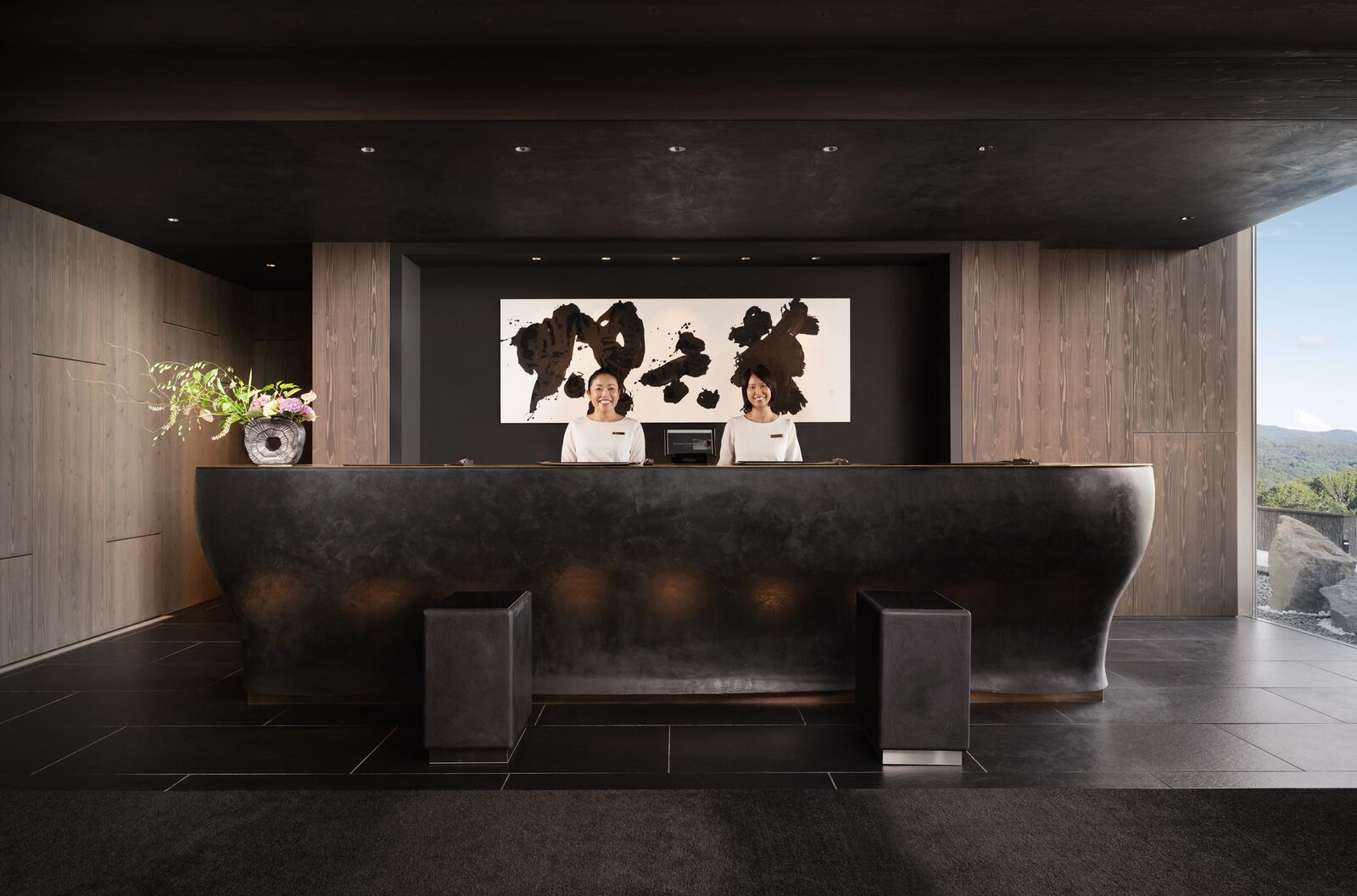
YOKO ARANO 荒野洋子
Born in Kitami in 1934 and recognised as one of Hokkaido’s most talented and legendary artists, Master Calligrapher Yoko Arano has a celebrated artistic career spanning almost 60 years with a myriad of exhibitions across Japan. Every “Kanji” has a meaning and when two or three are combined together it creates another meaning. Arano’s love of writing calligraphy stems from childhood; an unyielding passion that is never quite satisfied, as she continues to the command the large heavy brushstrokes despite her years.
Living in Hokkaido, snow has formed a large part of Yoko’s life; due to the precise temperature of the glue and the ink used to write, she only writes when the temperatures reach -5 degrees. For Arano, snow accepts and watches our lives gently. Her piece ‘Glitter of Snow’ forms a stunning visual centrepiece of the hotel’s main reception, celebrating the shining snow piled up on the ground in the morning light. Much of Arano’s artwork is inspired by the beauty of the Hokkaido’s natural landscapes. A series of her works can be found in the art passage of the Yotei Block; ‘The Swan’ celebrates the moment when a swan flies out, splashing beautiful droplets of water into the air. ‘Overjoyed’ depicts the lives of wild foxes, rabbits and Japanese marten as they play in the fresh snow, diving and jumping across the snow-covered mountains, whilst ‘Sea of Clouds’ portrays the breath-taking sea of clouds as you look down from the mountain top on our existence and lives spread below.
Medium: Calligraphy Ink, Japanese Paper
GLITTER OF SNOW 六華煌 (2022, Setsu Niseko Reception)
SWAN 鵠 (2019, Art Space – Yotei Block)
OVERJOYED 跳 (2022, Art Space – Yotei Block)
SEA OF CLOUDS 雲海 (2022, Art Space – Yotei Block)
sea 海 (2022, Onsen Lounge)
Promise 契 (Setsu Niseko Penthouse Suites)
FLOWER 花 (Setsu Niseko Penthouse Suites)
Truth is only one 如 (Setsu Niseko Penthouse Suites)
Welcome 歓 (Setsu Niseko Penthouse Suites)
Cliff 崖 (Setsu Niseko Penthouse Suites)
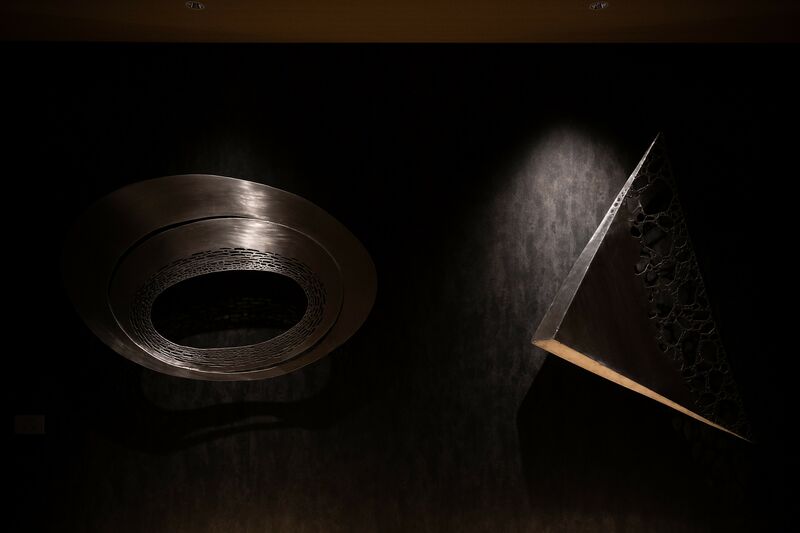
RIE KAWAKAMI 川上りえ
Rie Kawakami’s work is focused mainly on metal sculpture with several solo shows around the world, but mostly emanating from her home in Ishikari city. Kawakami’ s work is about expressing respect, anxiety and mystery against transcendent time and power in nature. She mainly uses steel material to produce sculpture, installations, and site-specific art to visualize energy inherent in the object and space.
The piece ‘Plateau I’ was formed based on the unforgettable memories of looking from a high plateau down into a vast caldera that fulfils one’s soul. Kawakami recreates the soft slow movements of energy through thin stainless-steel boards of distortion, brightness and fretwork. Recognising that earth is part of great mother nature that continues to evolve, ‘Uplift I’ depicts the unstoppable movements occurring between the outer and inner earth, as natural geographical configurations are created by the uplifting of the earth’s crust.
Medium: Stainless Steel
UPLIFT I 隆起 I (2019, Art Space - Annupuri Block)
PLATEAU I 高地 I (2019, Art Space - Annupuri Block)

NOBUYUKI SUGIHARA
THE SHIP OF SHELLS
Sugihara Nobuyuki is an environmental artist born in 1980 in Nagano. Nobuyuki spends most of his time traveling around the world for art residencies and cultural research. By traveling he makes expressions that are born from the surprise of encountering the land and the culture that people living there have nurtured. He specializes in using natural materials including shell, stone, wood, earth, grass, rope, net, and fabric to create ship-shaped or circular space installations with the ambiance of a mysterious primal power that resembles a ruin of an ancient civilization. When faced with nature sincerely, Sugihara feels one returns to a primitive sense. The attitude that is naturally born at that time is beauty, and art is one of the techniques.
In the Ainu language, ‘Cip’ means boat and ‘Irankarapte’ means greeting, his piece ‘The Ship of Shells’ simply means ‘I will touch your heart’.
Lounge Bar by Park90
HIROSHI TANITA 谷田洋史
Born in 1977, Tanita has been capturing the landscapes of Hokkaido since 2012. The theme of his works is "paradise on EARTH -Hokkaido-" expressing the delicate dynamism of its beautiful aspects throughout the four seasons. Tanita has been awarded multiple photographic awards including Winner of the Sony World Photography Awards 2017 Nature Category, Editor's Favourite on 2017 National Geographic Travel Photographer of the Year and Gold Prize at Tokyo International Foto Awards 2018 Nature Category
A collection of fine art prints are hung throughout the Setsu Niseko lift lobbies and within the Setsu Niseko Penthouse Suites
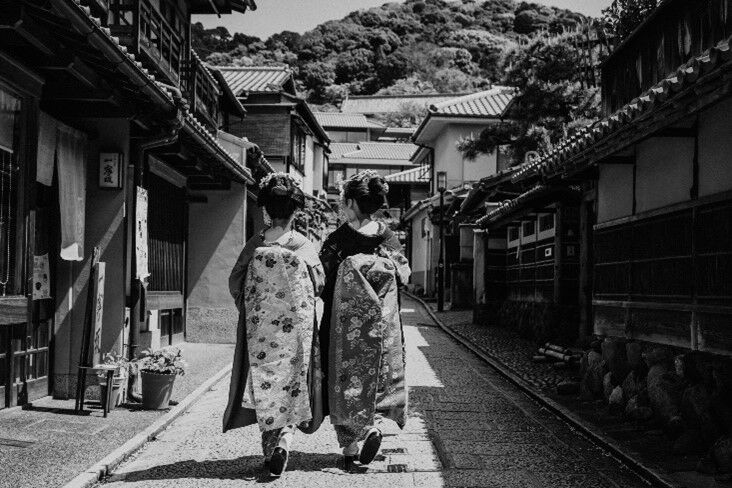
AARON JAMIESON
Aaron Jamieson is an Australian photographer who arrived on the island of Hokkaido in 2006. Immediately finding a connection to the people, wild seasons and uncharted frontiers, Aaron has worked extensively across Hokkaido coordinating his own film and photographic projects for brands and sponsors. Drawn to unique landscapes, Aaron’s photographic exploration also includes the cold and remote mountain regions of Australia, Iceland, Patagonia and Greenland as a commissioned explorer, photographer and writer for Australian Geographic.
Based in Niseko, Aaron divides his time between his gallery in his home village of Hirafu, and leading photographic projects and adventures across Hokkaido. Aaron's passion for the most striking and least visited landscapes on the planet drives his personal pursuit of fine art photography. Spending weeks on the road exploring Hokkaido's coldest and most remote corners, Aaron's passion is captured in this exclusive curation of his works adorning the walls of Setsu Niseko hotel suites.
The Setsu Niseko collection comprises over 500 black and white fine art prints, curated through a series of mini vignettes capturing a sense of place, or moments within the seasons. Whilst one series captures the subtle hues of nature from the vast frozen landscapes of Hokkaido, other collections bring to life Aaron's travels across Japan with textural moments reflecting Japan's vibrant, cultural heritage. Each black and white print is created on handmade paper; the traditional skill of meticulously crafting washi paper by hand means that no two prints are alike.
A collection of over 500 fine art black and white prints hung throughout the Setsu Niseko suites.
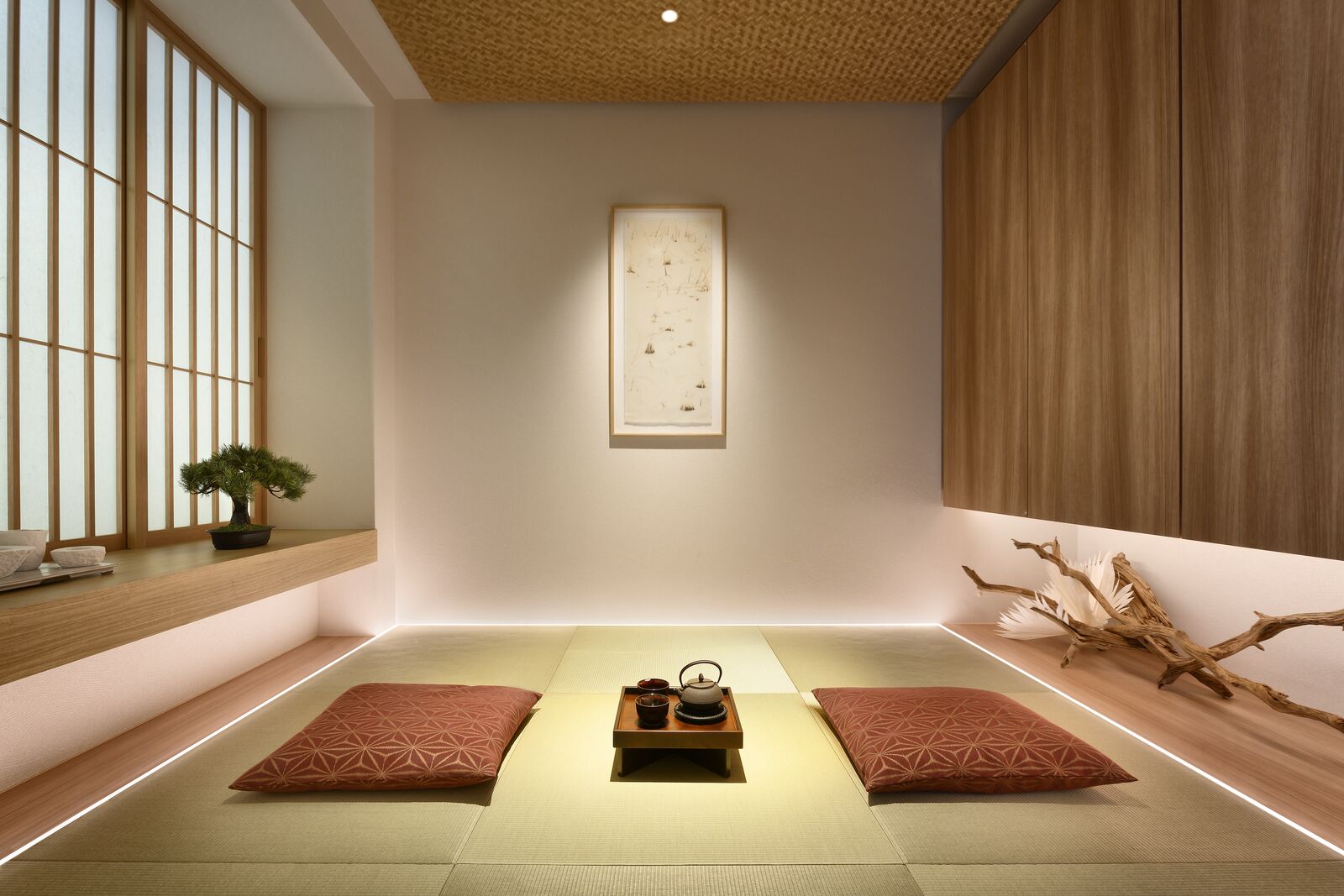
SEASON LAO 劉善恆
Based in Japan, Lao was born in Macau in 1987. His earlier work 'Pateo do Mungo’ explores the identity of the street where he was born. This work drew attention to buildings on this street that were due to be demolished, his work created historical significance ultimately saving the buildings from being demolished. Lao moved to Hokkaido when he was 23. In response to the Great East Japan Earthquake, he emphasises the importance of exploring the way people and nature coexist. Lao’s work continues to incorporate the spirituality of oriental art as well as reflecting on the social problems of globalism, and is included in many collections throughout Japan, China, USA, Italy, Switzerland Singapore and Taiwan.
A collection of photographs printed on hand made Japanese paper are hung throughout the Setsu Niseko penthouse suites
YOSHIAKI MAEZAWA 前澤良彰
Born in Kyoto, Maezawa moved to Sapporro in 1980. Maezawa is a photographer who captures the nature of Hokkaido. Fascinated by the rich nature of Hokkaido and the rapid urbanization of Sapporo, Maezawa’s lens has an ability to captures subtle nuances in the scenery. You can feel the depth of the greenery, the humidity and even the flowing air in his photographs.
A collection of photographs hung throughout the Setsu Niseko penthouse suites.

.jpg)

